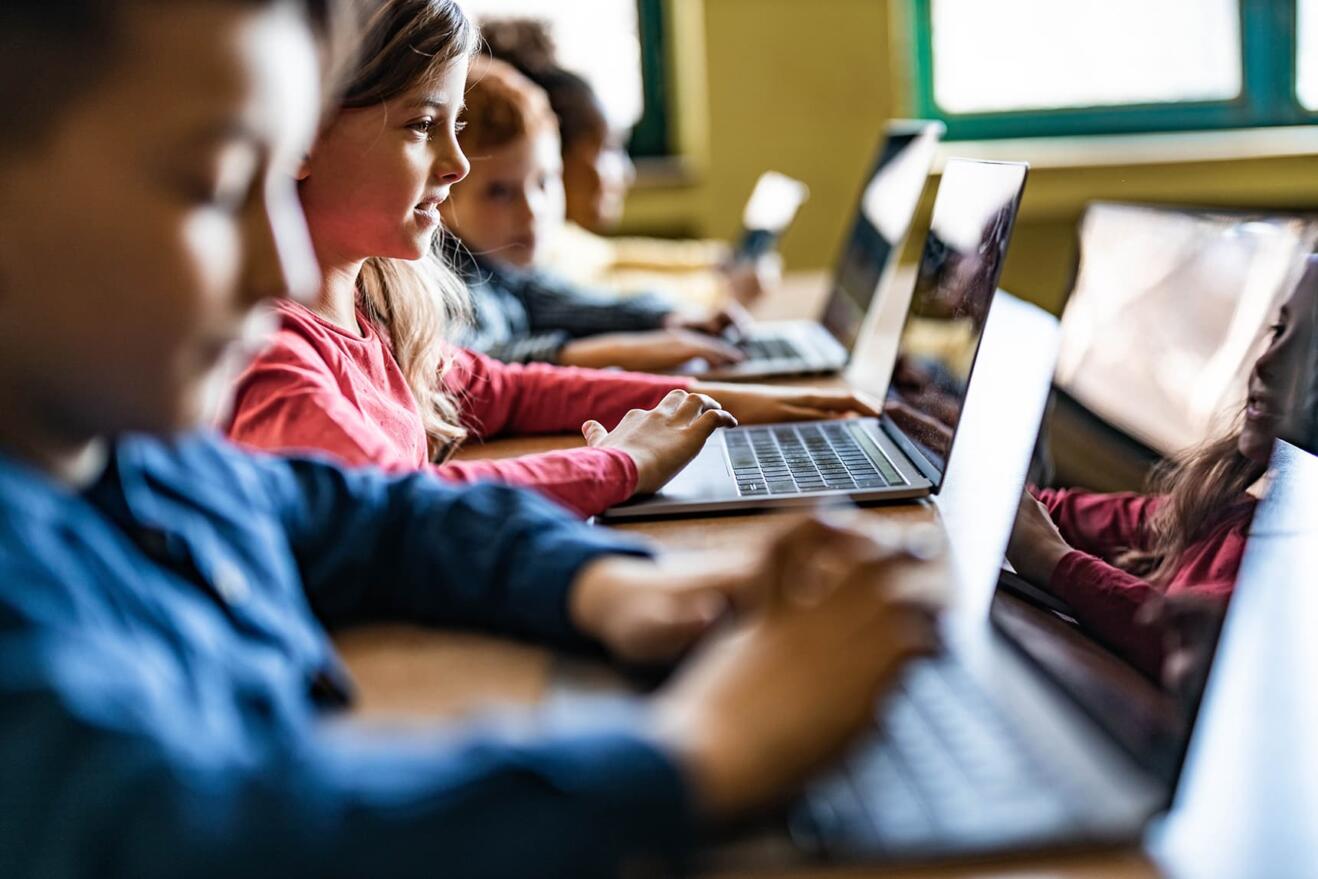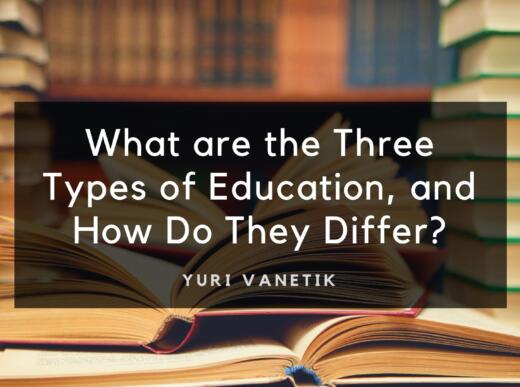Technology is positively impacting our lives on diverse scales today. The education sector has not been left behind as far as the positive impacts of technology are concerned. We are gradually moving away from the traditional classroom student-teacher interaction and adopting a tech-mediated education system where technology facilitates ease of transfer of knowledge. Much of this technology improves the engagement and ability to facilitate faster learning.
One of the fundamental technological concepts that have largely dominated the education sector is the introduction of computer-mediated learning. Students who were previously mandated to attend classes in person no longer have to do so as they can achieve distance and e-learning. This has been largely facilitated by the deep penetration of computing technology as well as the internet, thereby enabling the teacher and the student to meet in an online class.
Technology has also allowed teaching professionals to produce videos and post them online. This makes it easier for students to watch these videos as and when they want. This improves access to good educational content for most people with computers or mobile devices. Most teachers will post their educational videos on a range of video platform websites, such as YouTube. Students participating in E-learning courses can really benefit from these online videos.
Another tech concept that is making a huge difference in classes is artificial intelligence and virtual reality. Students from all walks of professional backgrounds get a chance to interact with the real world through virtual platforms. The conduct of experiments in class in science-related subjects has been highly boosted and made less risky but highly educative and immersive.
Medical and biology students, for instance, can virtually dissect a human body without having to worry about the consequences of causing medical errors. Through artificial intelligence and virtual reality, students are able to make site visits without having to go to the ground. For example, touring a museum has been made much easier and less strenuous with the use of virtual reality.
The education sector has also been largely affected by technology, especially when it comes to resource acquisition and utilization. The internet, in particular, is gradually facilitating the ability of students to access learning tools, such as electronic versions of textbooks. Learning institutions run eLearning utilities to enable students to acquire knowledge while at home. Software development services that can develop apps and websites for almost all kinds of activity might be aiding the exploration of online learning and thus, taking education to new technological heights. Educational institutions can take the help of companies to design software that suits the needs of students, by developing interactive and attractive interfaces that facilitate learning.
On the same note, students have access to thousands of other learning resources through the web, which they can utilize to their benefit. The availability of online tutorship services enables students to acquire knowledge beyond the classroom-teacher interaction sessions. This is proving a game-changer when it comes to enabling students to comprehend concepts taught in class without necessarily having to ask their teachers questions.



